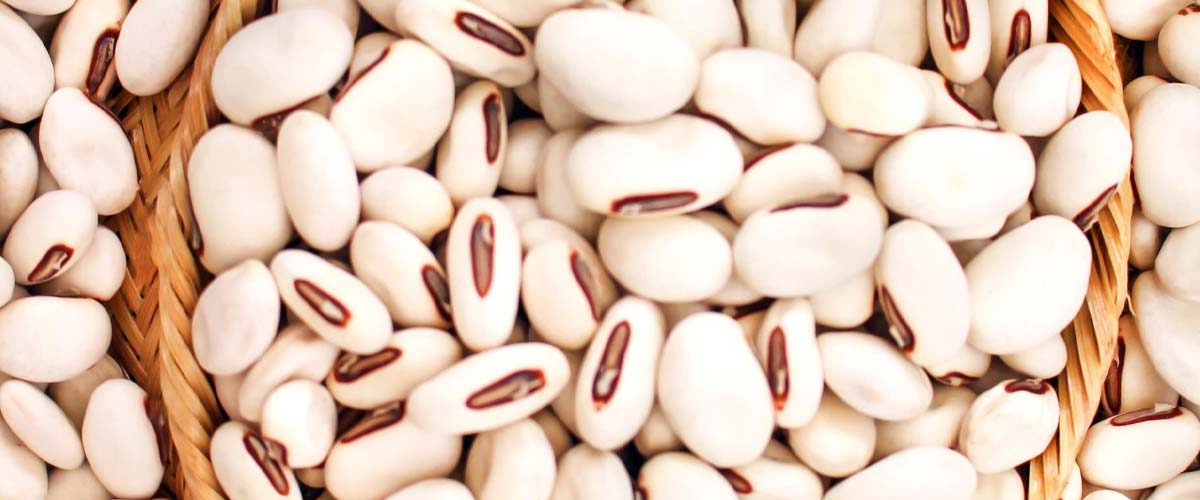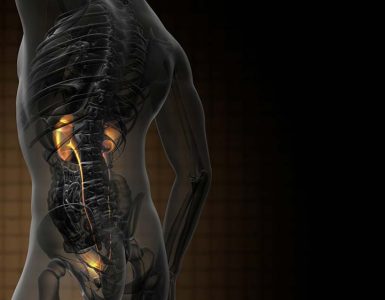White jack bean is a potential alternative food source because, in addition to having high protein content, it also has considerable carbohydrate content. Much research has been dedicated to exploring its protein content, although few studies have considered its complex carbohydrate content. White jack bean contains complex carbohydrates, such as starch, including; undigested starch and resistant starch. It also contains dietary fiber, corresponding to insoluble fiber and soluble fiber1.
Auto-claving cooling cycles can be applied to the white jack bean complex carbohydrate to increase the soluble fibre2 and resistant starch3 content. The autoclaving process causes the breakdown of glycoside bonds in the dietary fiber so that the components of soluble fiber detach from the insoluble fibre3.
The hypocholesterolaemic mechanism is associated with the properties of scfas, which are by-products of the fermentation of dietary fiber in the colon4. The hypocholesterolaemic effect of resistant starch has been demonstrated in several previous studies. A new study was conducted in order to evaluate the effects of complex carbohydrate from white jack bean following autoclaving-cooling on hypercholesterolemic rats and to assess its bile acid binding ability4.
For study purpose, thirty sprague-dawley rats were divided into the following 6 group’s i.e. K1 to k6. The parameters observed were body weight, lipid profile, short-chain fatty acid (scfa) profile, digesta cholesterol and bile acid binding ability (in vitro).
The results showed that the interventions applied to both the k4 and k5 groups were able to inhibit the increase in the rats’ body weight and these interventions were not significantly different. It was observed that at week 4, the decrease in triglyceride levels in group k5 was significantly greater than that in group k4.
The highest digesta cholesterol level was observed in group k6 and this level was equivalent to that in the positive control group k3 (simvastatin). Thus, complex carbohydrate of white jack bean flour with autoclaving-cooling treatment improved the lipid profile of hypercholesterolemic rats, induced the production of scfas, bound bile acid in vitro to prevent cholesterol absorption and bound cholesterol in the intestine to increase its excretion through the digesta, thereby reducing the amount of cholesterol absorbed by the body.
Keywords:
Complex carbohydrates, white jack bean, autoclaving-cooling, hypocholesterolaemia, excretion, digesta, bound cholesterol, bile acid, simvastatin, dietary fiber in the colon.

Reference:
- Sridha, K.R. and S. Seena, 2006. Nutritional and antinutritional significance of four unconventional legumes of the genus Canavalia-A comparative study. Food Chem., 99: 267-288.
- Harding, S.V., H.D. Sapirstein, T.C. Rideout, C.P.F. Marinangeli, A.K.M. Dona and P.J.H. Jones, 2014. Consumption of wheat bran modified by autoclaving reduces fat mass in hamsters. Eur. J. Nutr., 53: 793-802.
- Dundar, A.N. and D. Gocmen, 2013. Effects of autoclaving temperature and storing time on resistant starch formation and its functional and physicochemical properties. Carbohydr. Polymer, 97: 764-771.
- Martinez-Flores, H.E., Y.K. Chang, F. Martinez-Bustos and V. Sgarbieri, 2004. Effect of high fiber products on blood lipids and lipoproteins in hamsters. Nutr. Res., 24: 85-93.
- Rahmawati, A., Agnes M. Marsono, Y. And Sri Anggrahini, S., 2018. Effects of Complex Carbohydrate from White Jack Bean (Canavalia ensiformis L. DC.) Flour after Autoclaving-Cooling Cycles on Short Chain Fatty Acids, Digesta Cholesterol Content and Bile Acid Binding in HypercholesterolemicRats. Pak. J. Nutr., 17: 586-595.
















Add comment